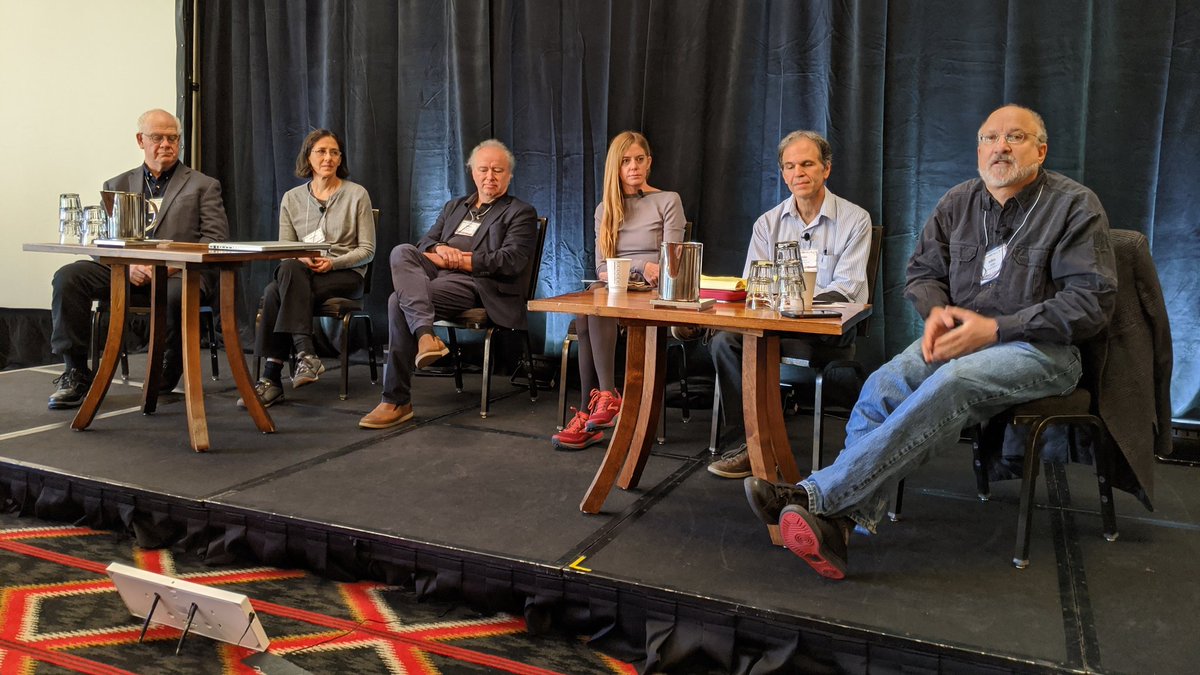Today I realized hermit crabs are the *cutest* illustration for the Threshold Model of Collective Behavior, described by Mark Granovetter in 1978. First, the crabs
🦀 What does this have to do with hermit crabs again? 🦀
🦀🐚But I still think this is the cutest 🦀🐚
sociology.stanford.edu/publications/t…










